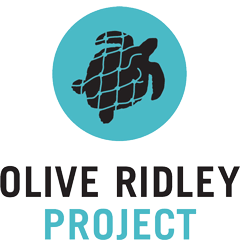What are barnacles and why do they attach to sea turtles?
Barnacles are a highly specialized group of crustaceans. They have developed a sessile lifestyle as adults, attaching themselves to various substrates such as rocks, ships, whales or to sea turtles. Most commonly found barnacles on sea turtles belong to the genus Chelonibia, named after their host (Chelonia = turtle). Initially, barnacles produce larvae. These early life stages are still mobile … Read More

